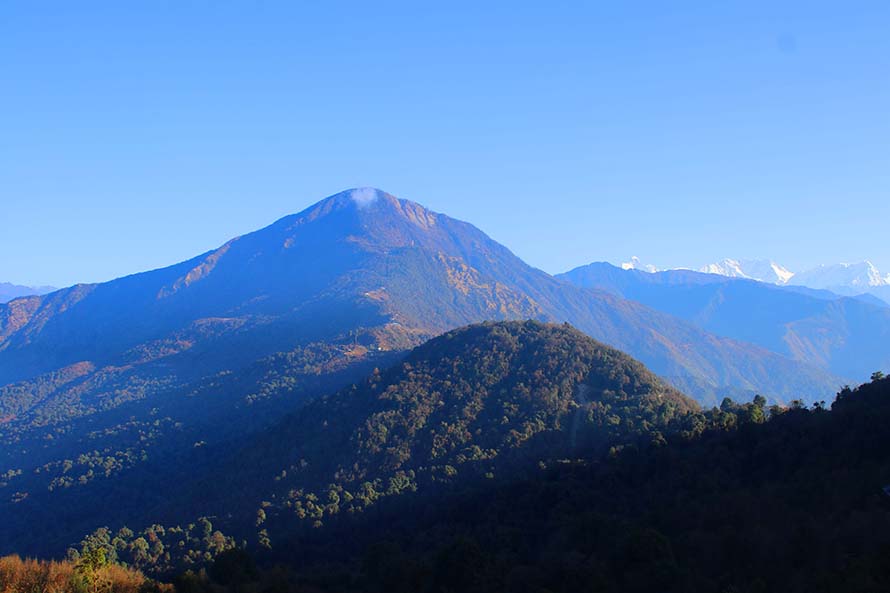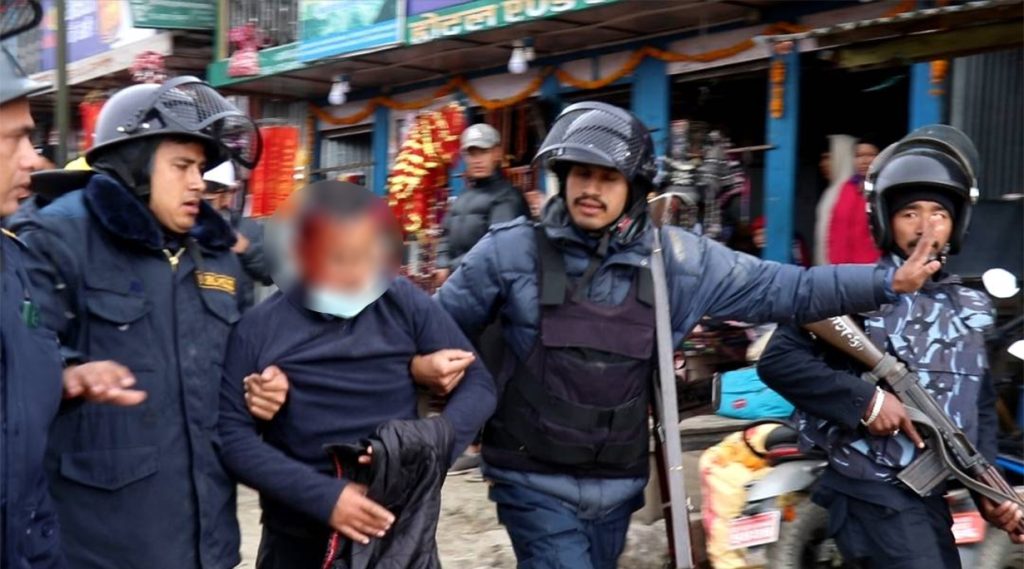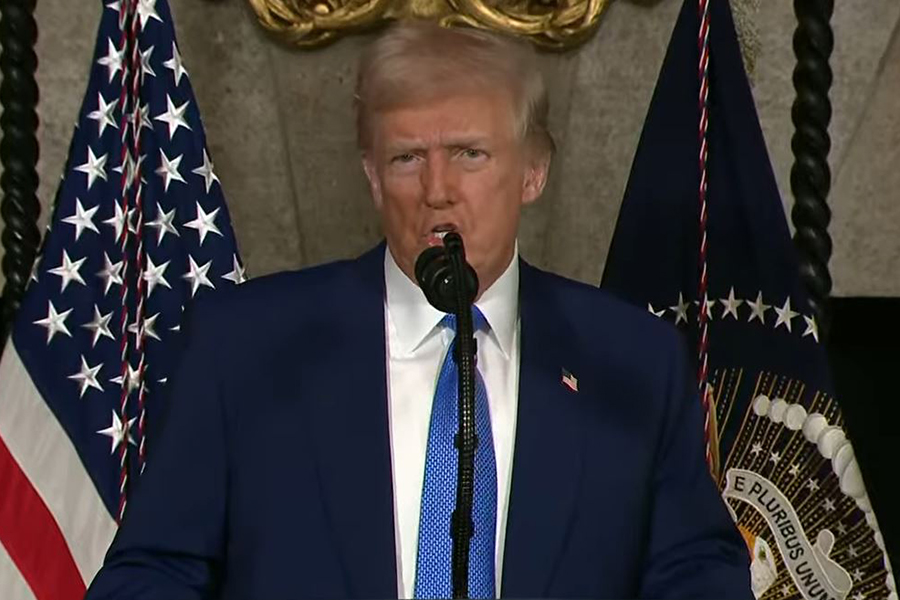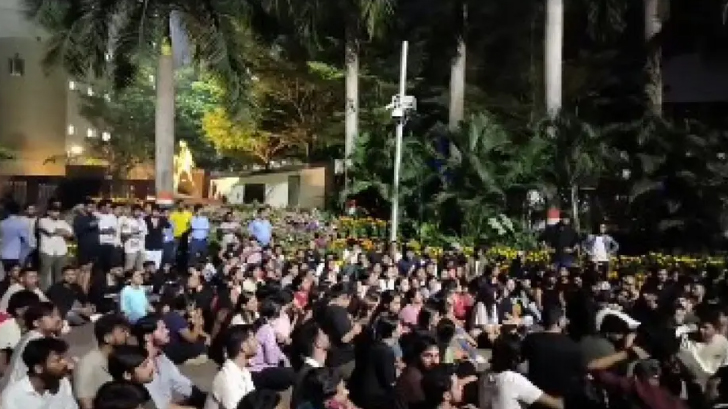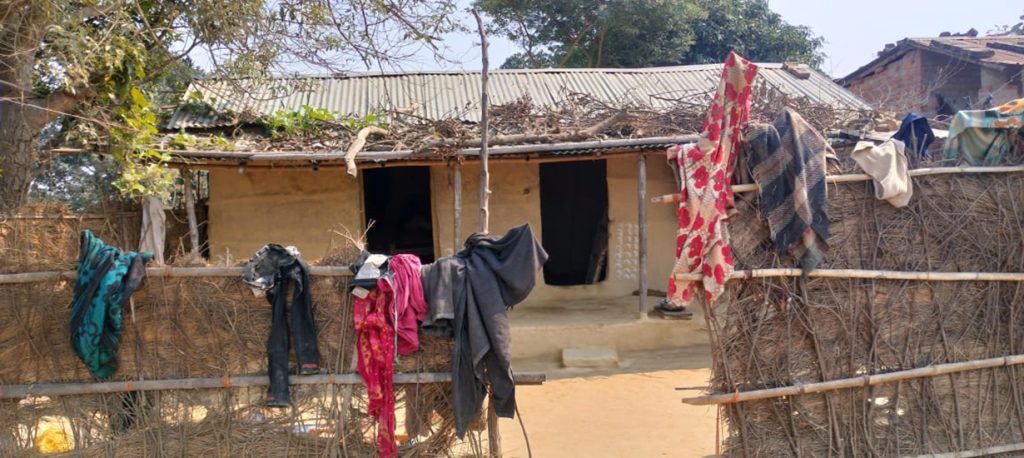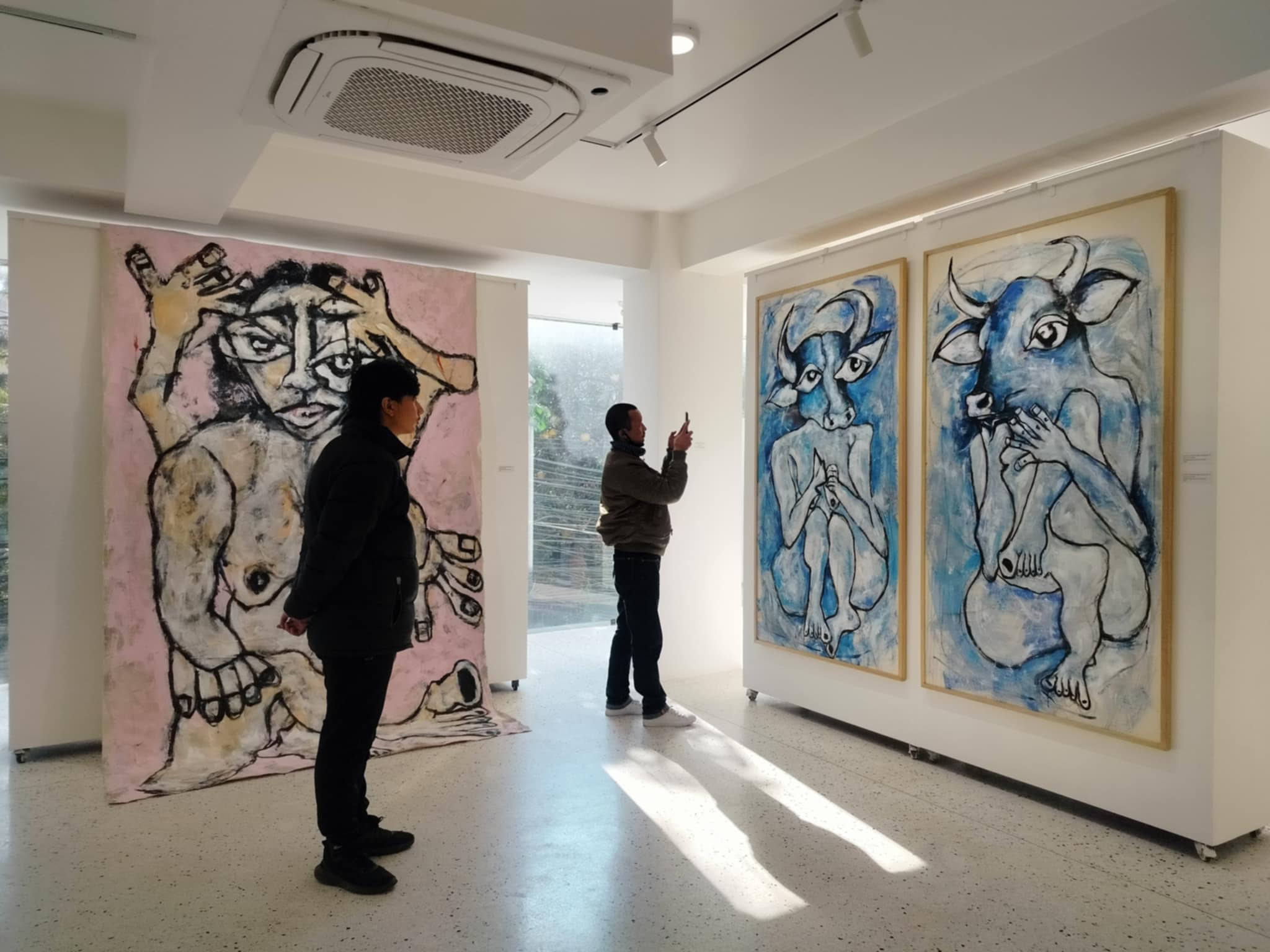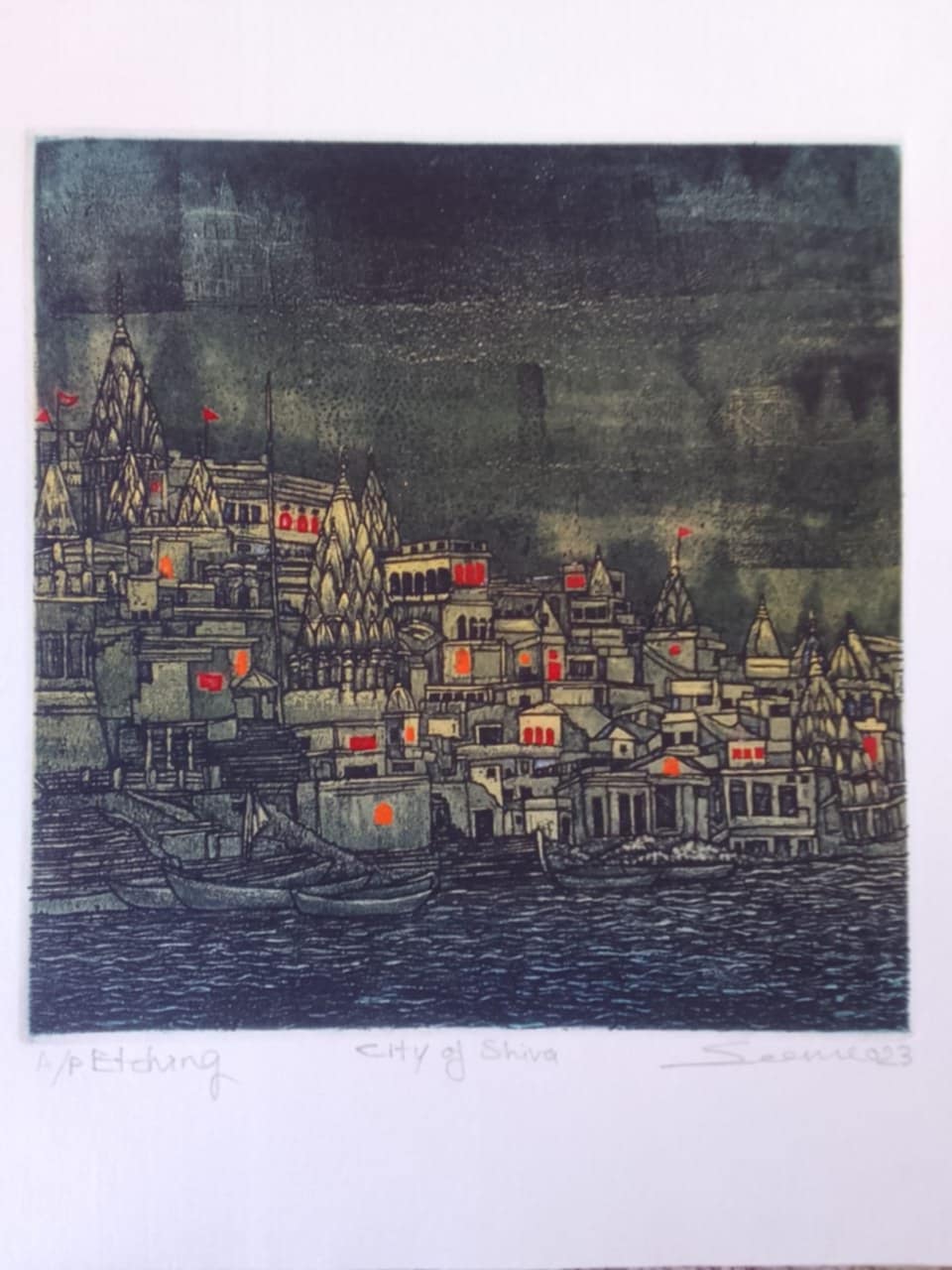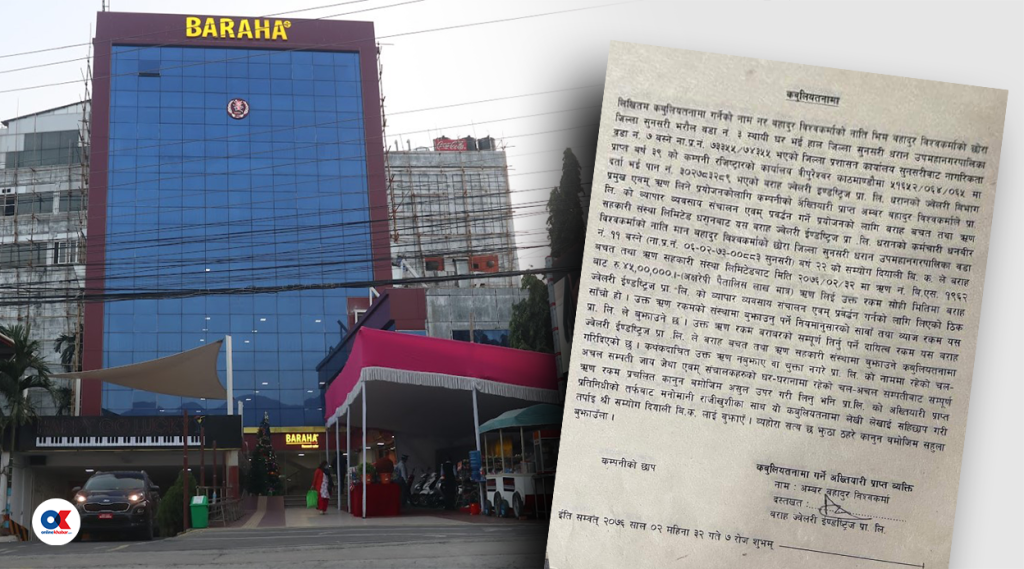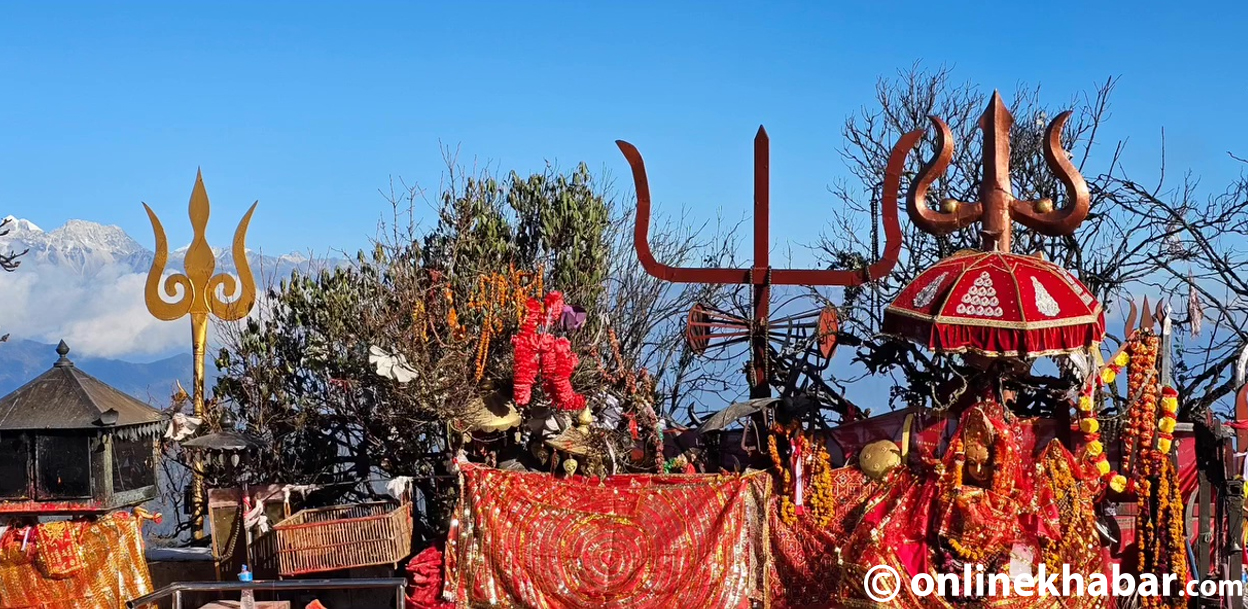
The plan to construct a cable car to Pathibhara Temple in Taplejung was conceived three decades ago. However, as work on the project gains momentum, it has sparked controversy, led by activist groups opposing the Koshi Province name.
On Saturday, clashes between the “No Cable Car” movement and security forces left 26 people injured, including police officers. Two protestors wounded by gunfire are being treated at Tribhuvan University Teaching Hospital in Kathmandu. Activists accuse the government of excessive force, while security personnel claim protestors used slingshots and crude weapons.
The cable car project has divided local communities. Opponents argue that the construction will disrupt religious traditions, such as the practice of tying sacred threads at Kanchithan before reaching the temple. Supporters, including local leaders, assert that the project will benefit pilgrims, tourists, and the general public by improving accessibility.
The cultural and political dimensions
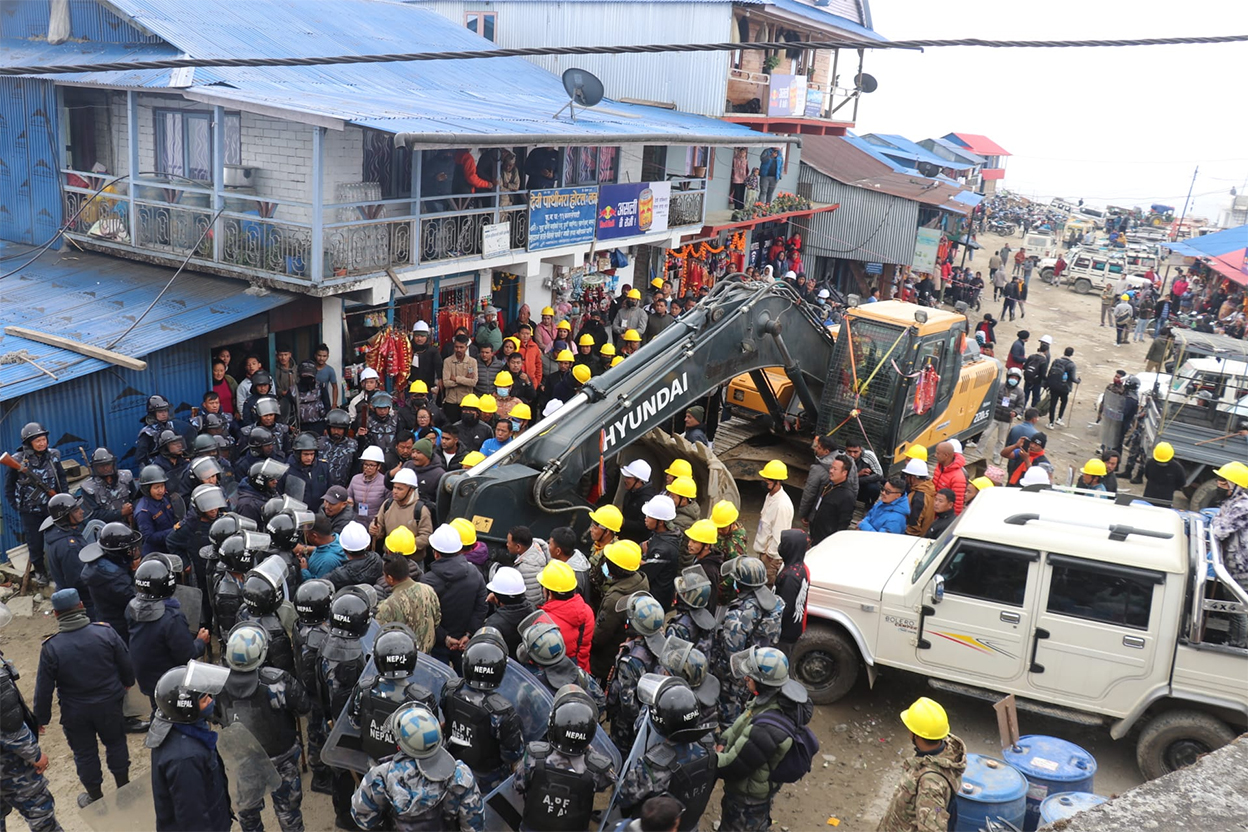
The “No Cable Car” movement includes activists’ groups that previously protested against naming Province 1 as Koshi. After failing to overturn the name, these activists shifted focus to Pathibhara (also called Mukumlun by the Limbu community), arguing that the project threatens their cultural heritage. Kirat Yakthung Chumlung General Secretary Niranti Tumbapo insists that the temple area should remain in its natural state to preserve Mundhumi culture.
Meanwhile, supporters, including Taplejung’s District Coordination Committee Chief Chhiring Lama and Fungling Municipality Mayor Amir Maden, argue that the cable car will drive economic growth. Maden, committed to the project, has even publicly stated that he would retire from politics if he fails to facilitate its completion.
Opponents propose prioritising road development instead of building a cable car, citing the poor condition of the route leading to the lower base station. However, some indigenous community members believe that if environmental concerns are addressed and locals are consulted, the project could be beneficial.
The long road to construction
The idea of a Pathibhara cable car first emerged in 1994 (2051 BS), led by former Biratnagar mayor Dhruvanarayan Shrestha. The project gained traction in 2015 (2072 BS) with the registration of Pathibhara Devi Darshan Cable Car Pvt Ltd, but progress stalled.
Later, Ang Tshiring Sherpa, a former Yeti Airlines executive, joined the initiative, but his death in a helicopter crash led to ownership changes. Eventually, Sonam Sherpa sold his shares to IME Group’s Chandra Dhakal, who accelerated the project. Dhakal has previously developed cable cars in Kathmandu, Pokhara, and Maulakali.
The entry point for the 2.75 km cable car will be on 29 ropani (approximately 3.6 acres) of private land, while the remaining route passes through a forested area. Activists claim that over 10,200 trees will be cut down, but UML leader and Taplejung MP Yogesh Bhattarai counters that only 2,112 trees will be affected.
The broader political struggle
The cable car dispute is linked to the broader identity movement against Koshi Province’s name. In 2023, identity-based groups demanded renaming the province, but the government did not comply. The movement lost momentum after protestor Padam Limbu died during a demonstration in March 2023. With protests in urban areas weakening, activists redirected their efforts towards Pathibhara, viewing it as a symbolic battleground.
Activists have established shelters in Baludanda to monitor the site and obstruct construction. Many protestors injured in recent clashes were from neighboring districts, indicating an organised effort beyond local concerns.
The future of the project
If completed, the cable car will reduce a day-long trek to a 10-minute ride, capable of transporting 1,000 pilgrims per hour. The project, estimated to cost Rs 3 billion, is contracted to Himalaya Construction and expected to be completed within 1.5 years.
The 2.75 km route will include 13 towers and 38 gondolas. Seniors above 75 and children under three feet will travel for free, while Taplejung residents may receive a 50 per cent discount. The project aims to boost tourism, with annual visitor numbers expected to double from 500,000.
While opposition remains strong, proponents argue that the project will create jobs, enhance trade, and improve accessibility for all pilgrims, not just Hindus. Local leaders stress that meaningful dialogue with residents is crucial to address concerns while ensuring Taplejung’s development.







